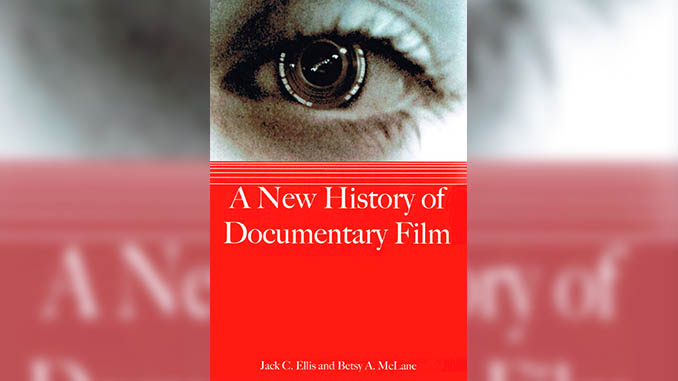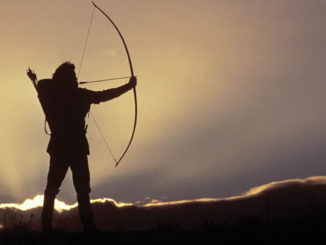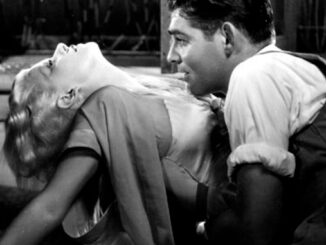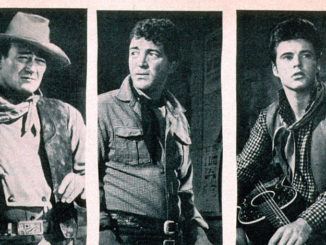
by Ray Zone
A New History of Documentary Film
By Jack C. Ellis and Betsy A. McLane Continuum
356 pages, paperbound, $19.95
ISBN: 0-8264-1751-5
This comprehensive new history of the documentary grew out of a book published in 1989 titled The Documentary Idea, an homage to John Grierson, which addressed his concept of filmmaking that consisted of “the creative treatment of actuality.” The co-authors have surveyed the entire field of non-fiction filmmaking right up to the present with the films Super Size Me and Fahrenheit 9/11.
Perhaps more than any other genre, editing plays a crucial role in documentary storytelling and shaping of the narrative. The importance of editing to documentary is most saliently seen in this volume with the chapter on “Direct Cinema and Cinema Verité, 1960-1970.” It was the invention of portable 16mm cameras with sync sound that made cinema verité (CV) possible. The filming of Primary by Drew Associates in 1960 with film and sound recording by DA Pennebaker, Albert Maysles, Terence McCartney-Filgate and Richard Leacock, inaugurated CV in the United States. All of the crew on Primary worked on the editing, cutting 18,000 feet (seven and one-half hours) of film down to 2,000 feet (50 minutes).
Long takes with synchronous sound and no narration suffice to tell the story in CV. With Jean Rouch’s Chronicle of a Summer (1961), narrative links among interview sequences are made through groupings of persons and topics of conversations. The form of the narrative evolves out of choices that the filmmaker does not direct but rather discovers during the process of editing. “Virtually everything we see and hear in Chronicle is occasioned by the making of the film,” the authors state.
Ellis and McLane also suggest that the new portable equipment had the effect of pulling CV filmmakers back to the aesthetics of Robert Flaherty, the creator of Nanook of the North (1922). “Still, sync sound prevents the breaking up and manipulation of shots as freely as is possible with footage shot silent and sound added later,” the authors note. “Within scenes, the filmmaker is bound closely to the real time and real space of the events. With film, it is difficult to cut into a continuous soundtrack without the cut being noticeable; sound locks images into place.”
At the close of every chapter in this history there are lists of films discussed along with books relative to the discussion. Several useful appendices round out this up-to-date history of non-fiction film.





